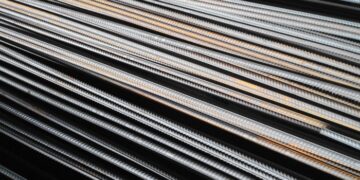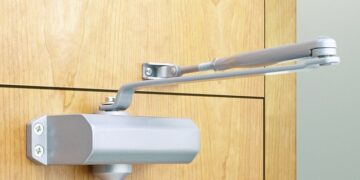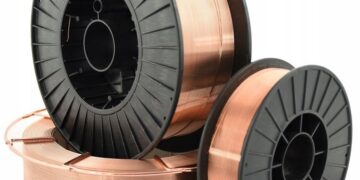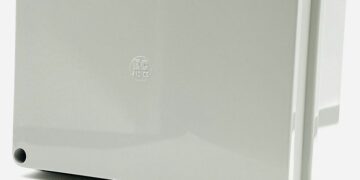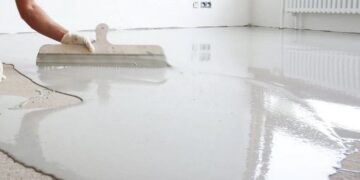In order to ensure air exchange in industrial buildings, window openings and lanterns with shutters are provided. Window openings are used for air flow into the room, and lanterns are used for exhaust hoods. Ventilation in residential premises occurs when using transoms or vents. Now it is very profitable to buy artificial stone from the manufacturer at low prices.
During the operation of the ventilation system, devices for cleaning and heating the air are most often used. Before the air is supplied to the room, it must be processed. First of all, the air flow is cleaned from dust in the filters. In the cold season, the air is also heated with a heater and humidified with an irrigation chamber. To effectively humidify the air, steam is most often used. With the help of the same irrigation chamber or surface air cooler in the summer, the air can be cooled.
Aspiration and pneumatic transport
Aspiration – exhaust ventilation, which removes air polluted with dust particles. In industries related to crushing, grinding, production of building materials, etc. ventilation should be by aspiration.
Pneumatic transport is a device that moves air streams of industrial waste (chips, sawdust) under pressure through pipes from the place of their formation to the place of their storage.
Air curtains
In those premises where it is necessary to keep doors and gates open for a long time (stations, theaters, warehouses, etc.), the air is rapidly cooled in winter, therefore, to reduce the amount of cold air that has entered the premises, systems are installed that supply heated air around doorways.
Elements of the ventilation system
Air ducts and fittings are elements of the ventilation network (system). The network of air ducts consists of elements with a constant or variable cross section through which air moves. The air ducts themselves can be metal or non-metal, having a round or rectangular cross section..
The fittings of the air duct (duck, tee, bend, cross) are used to change the direction of air flow in the ventilation system or to connect sections of the network of different diameters.
In industrial premises, reinforced concrete or concrete ducts are more often used to provide forced ventilation, which are carried out in attics, underground or on technical floors..

